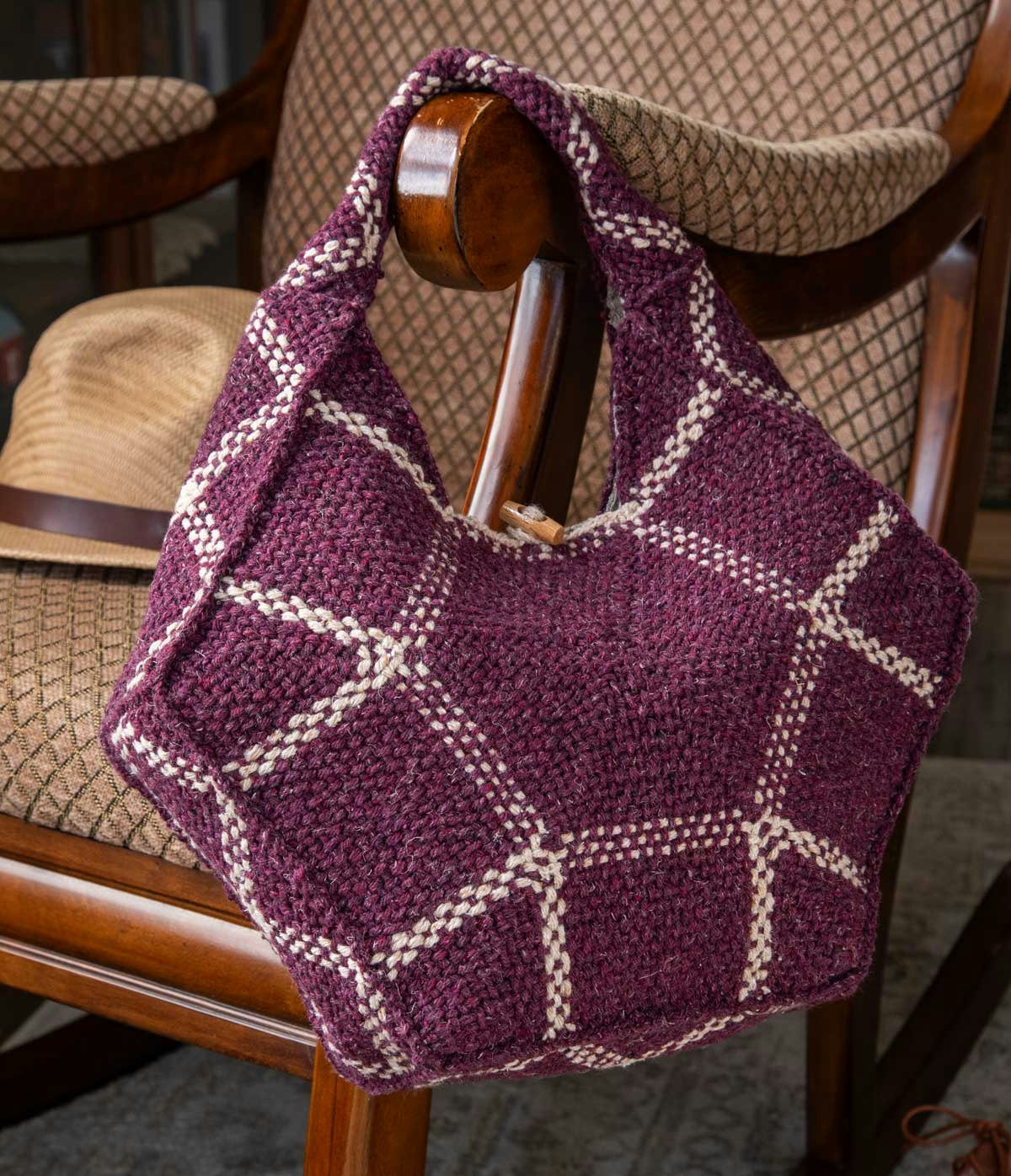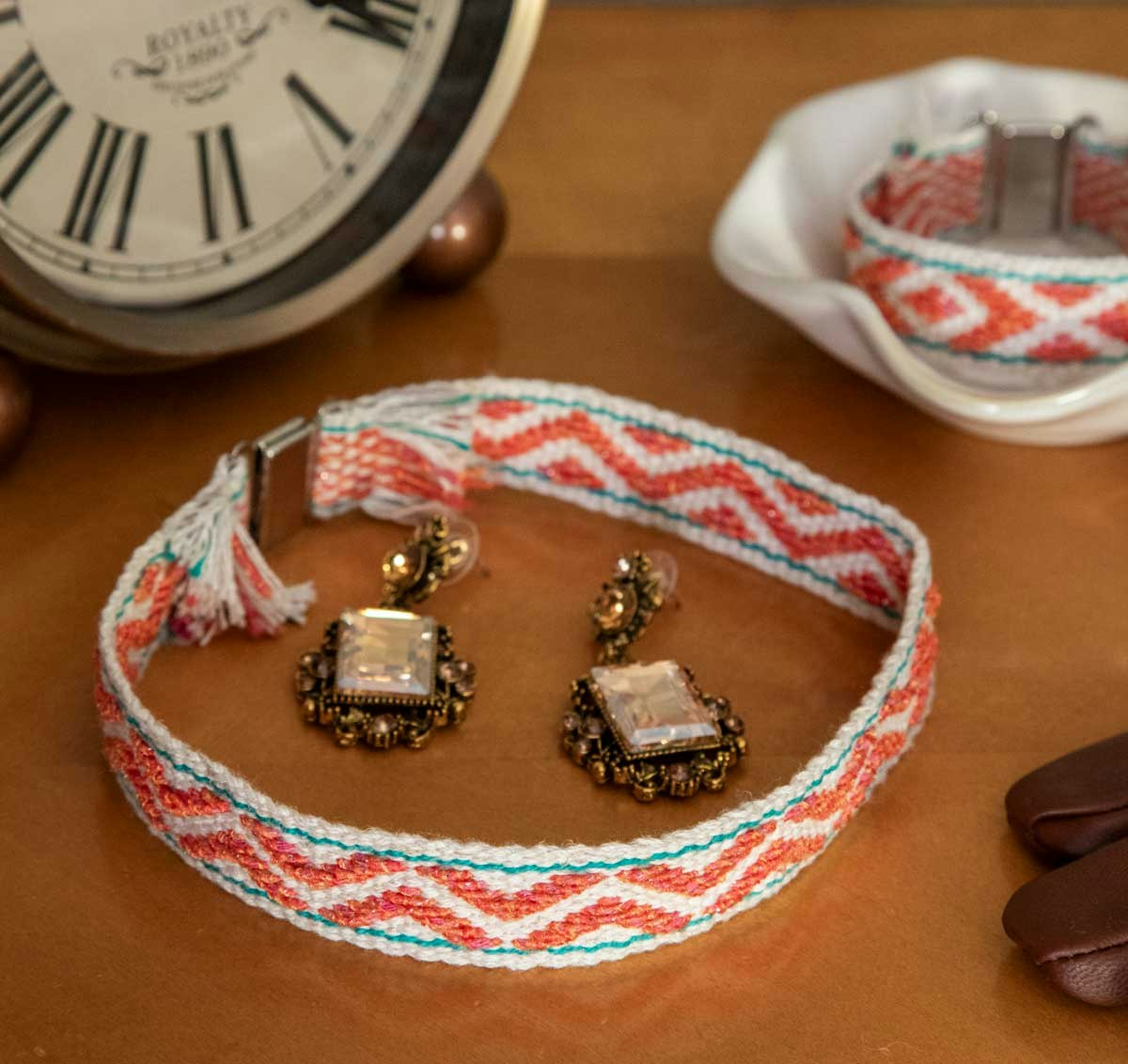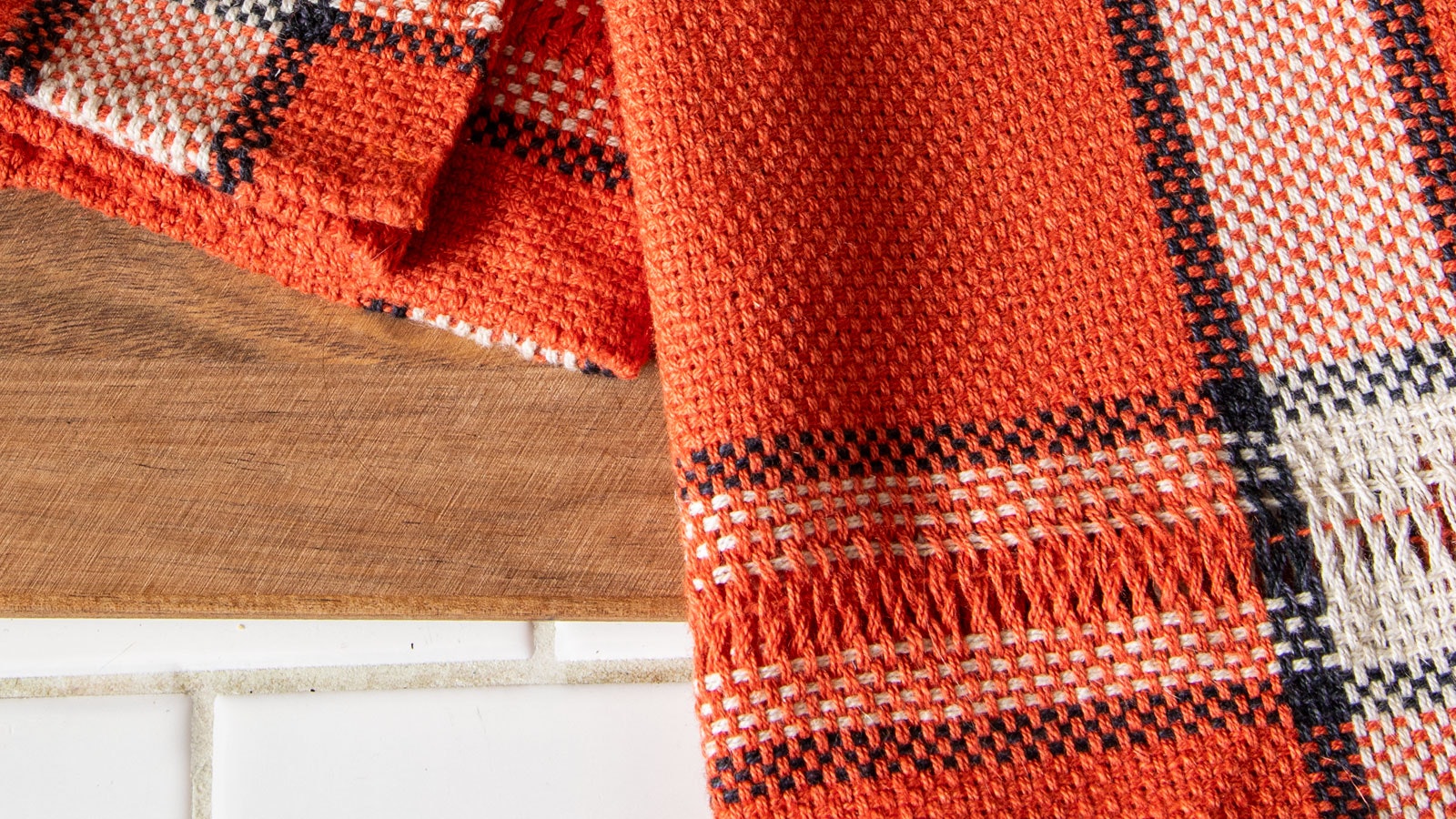I’ve long been envious of hand-spinners. Not only do they transform fibers into yarn, but they also have a deeper, better understanding of each fiber they spin. It’s one thing to know that a yarn contains a blend of angora and merino; it’s another to know exactly why you’d want to blend the two fibers. While working on the spinning content for the Fall 2024 issue, I decided to stop being envious and give spinning a try.
Many years ago, I tried using a drop spindle and failed miserably. This time around, however, I watched The Spinning Teacher with Maggie Casey video workshop and learned the park-and-draft method of spindle spinning. Immediately I was making yarn—lumpy, bumpy yarn—and I loved it. I began spinning during all my free moments—at Cub Scout meetings, at gymnastics classes, and in the school pick-up line—and after a couple of weeks my yarn became finer and more even as I understood the process more. Suddenly, I realized I was a spinner. A beginning spinner, yes, but a spinner, nonetheless.
 Jennifer Chapman wove her gorgeous Pretty in Plum Purse using a yarn made from leftover scraps from garment manufacturing. The result is eco friendly and simply stunning.
Jennifer Chapman wove her gorgeous Pretty in Plum Purse using a yarn made from leftover scraps from garment manufacturing. The result is eco friendly and simply stunning.
On the fence about spinning? I suggest starting with the article “How Learning to Spin Can Make You a Better Weaver,” which focuses on the benefits of handspinning for weavers of all kinds—but especially small-loom weavers. Not interested in spinning but still want to know more about the fibers we all love? Check out this issue’s String Theory, “Fiber Types 101,” and learn about different fibers—where they come from, how they’re processed, and the special attributes of each. Just want to see photos of the fluffiest rabbits you can imagine? (Who doesn’t?) “Behind the Yarn: Angora Rabbits” is the article for you.
 These Touch of Turquoise bracelets by Alison Irwin get a hint of shimmmer in terra cotta pattern threads from just a touch of rayon blended with cotton and linen.
These Touch of Turquoise bracelets by Alison Irwin get a hint of shimmmer in terra cotta pattern threads from just a touch of rayon blended with cotton and linen.
I like to say the best way to learn is by doing, which in this case means mixing and matching fibers in weaving—by using a blended yarn, a blend of two yarns with different fiber content in a fabric, or both. This issue is chock-full of projects that are fusions of fiber. Take advantage of differential shrinkage by weaving a cotton runner with a few stripes of wool pencil roving. Use a paper/linen blend to weave a set of elegant baskets. Combine cottolin with a cotton/linen/rayon blend to make a set of Baltic pick-up bracelets with just a hint of sheen. I could go on, but of course, I suggest you check the Fall 2024 issue out for yourself!
Happy Weaving! Christina

